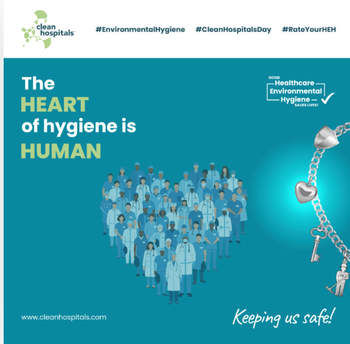
WHO Statistics Show Narrowing Health Gap Between Countries with Best and Worst Health Status
The world has made dramatic progress in improving health in the poorest countries and narrowing the gaps between countries with the best and worst health status in the past two decades, according to the World Health Statistics 2013 report.
The WHO annual statistics report highlights how efforts to meet the Millennium Development Goals (MDGs) have reduced health gaps between the most-advantaged and least-advantaged countries.
As the Millennium Development Goals (MDGs) approach the 2015 deadline, this years World Health Statistics shows the considerable progress made in reducing child and maternal deaths, improving nutrition and reducing deaths and illness from HIV infection, tuberculosis and malaria.
Intensive efforts to achieve the MDGs have clearly improved health for people all over the world, says Dr. Margaret Chan, director-general of WHO. But with less than 1,000 days to go to reach the MDG deadline, it is timely to ask if these efforts have made a difference in reducing the unacceptable inequities between the richest and poorest countries.
This year, the World Health Statistics compares progress made by countries with the best health status and those with least-favourable health status at the MDG baseline year of 1990 and again two decades later. It shows that, in absolute terms, countries in the lowest 25 percent category of health status have made impressive health progress.
For example, the absolute gap in child mortality between the top and bottom countries was reduced from 171 deaths per 1,000 live births in 1990 to 107 deaths per 1,000 live births in 2011. Some countries that were among those with the worlds highest child mortality rates in 1990 including Bangladesh, Bhutan, Lao Peoples Democratic Republic, Madagascar, Nepal, Rwanda, Senegal and Timor-Leste have improved child survival to such an extent that they no longer belong to that group.
However, despite the fact that 27 countries have reached the MDG target already, the current rates of progress will not be sufficient to reach the global target of a two-thirds reduction in 1990 levels of child mortality by 2015.
In 1990, countries with the highest rates of women dying in pregnancy and childbirth had on average 915 more maternal deaths per 100,000 live births than countries with the lowest rates. By 2010, this gap had narrowed to 512 maternal deaths per 100,000 live births. Unfortunately the global rate of decline (of 3 percent) will need to double to achieve the MDG target of reducing maternal mortality ratio by three quarters.
The gap between countries with the highest and lowest rates of new HIV infections narrowed from 360 to 261 people per 100 000 population between 1990 and 2011. While new HIV infections increased six-fold for countries with the lowest rates, the group of countries with the highest rates have cut new HIV infections by 27 percent.
Globally, tuberculosis (TB) deaths have decreased by more than 40 percent since 1990 and the trend indicates that this will reach 50 percent by 2015. The gap has narrowed between the top and bottom groups of countries from 62 TB deaths in 1990 to 41 deaths per 100,000 population in 2011. Progress in reducing TB deaths however has not been even, with just 34 percent reduction in countries with the highest TB death rates compared to 70 percent in countries with the lowest rates.
Our statistics show that overall the gaps are closing between the most-advantaged and least-advantaged countries of the world, says Dr. Ties Boerma, director of the Department of Health Statistics and Information Systems at WHO. However, the situation is far from satisfactory as progress is uneven and large gaps persist between and within countries
Newsletter
Stay prepared and protected with Infection Control Today's newsletter, delivering essential updates, best practices, and expert insights for infection preventionists.





